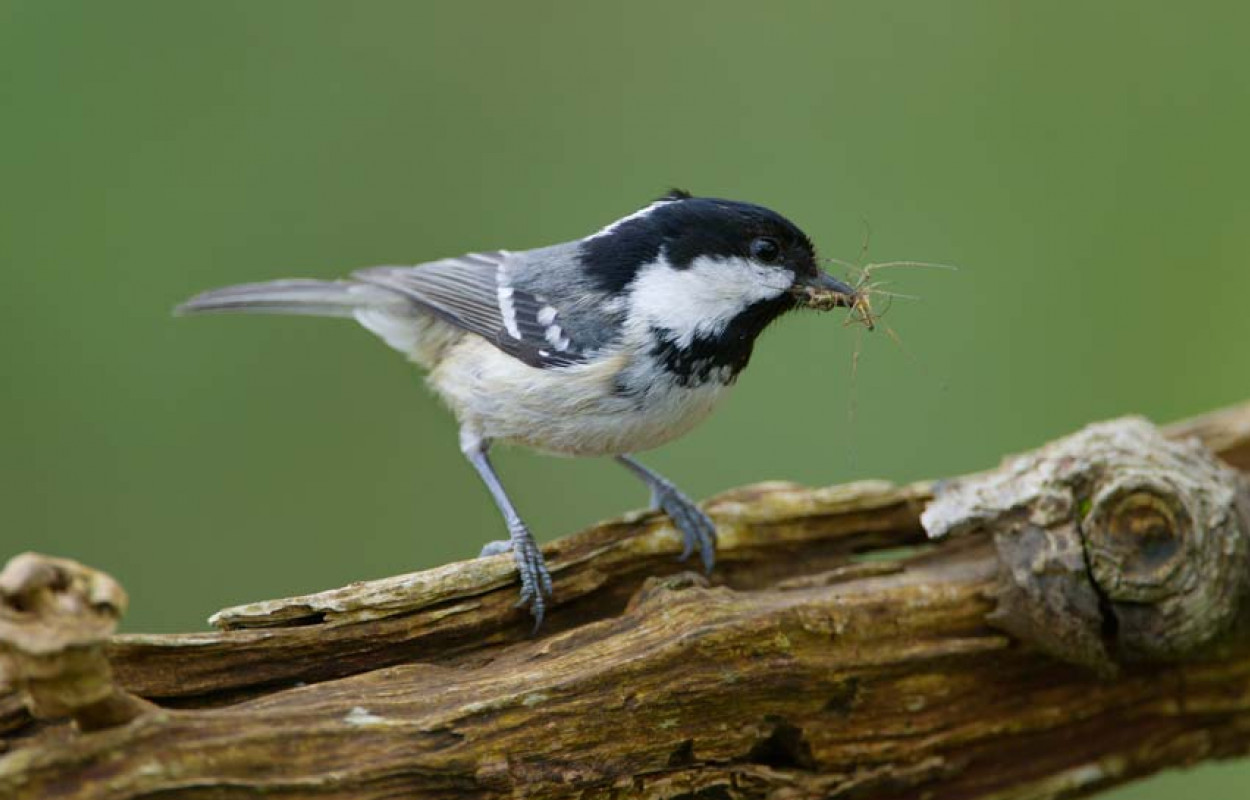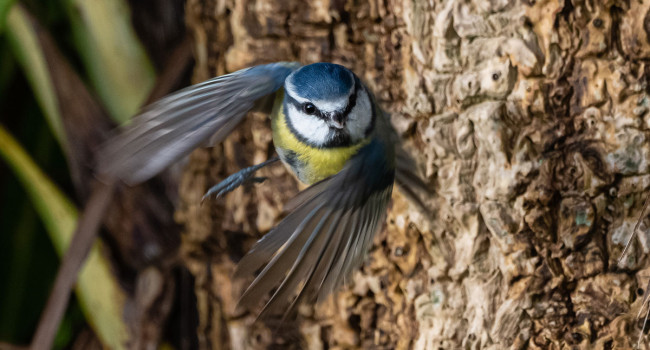Stand structure and breeding birds in managed Scots pine forests: Some likely long-term implications for continuous cover forestry

Author(s): Calladine, J., Jarrett, D., Wilson, M. & Edwards, C.
Published: July 2017
Journal: Forest Ecology and Management Volume: 397
Digital Identifier No. (DOI): 10.1016/j.foreco.2017.04.039
Staff Author(s)








Share this page